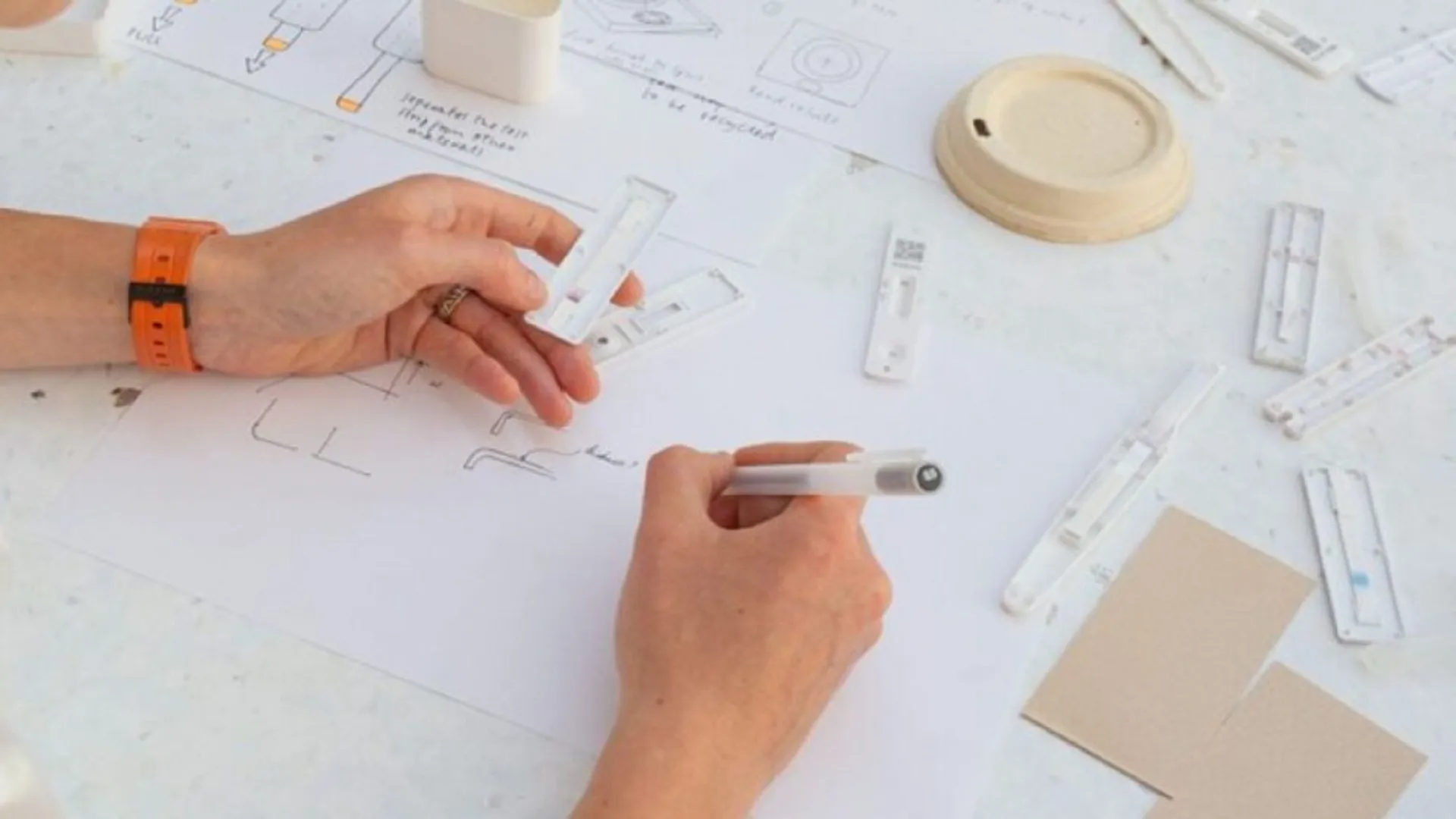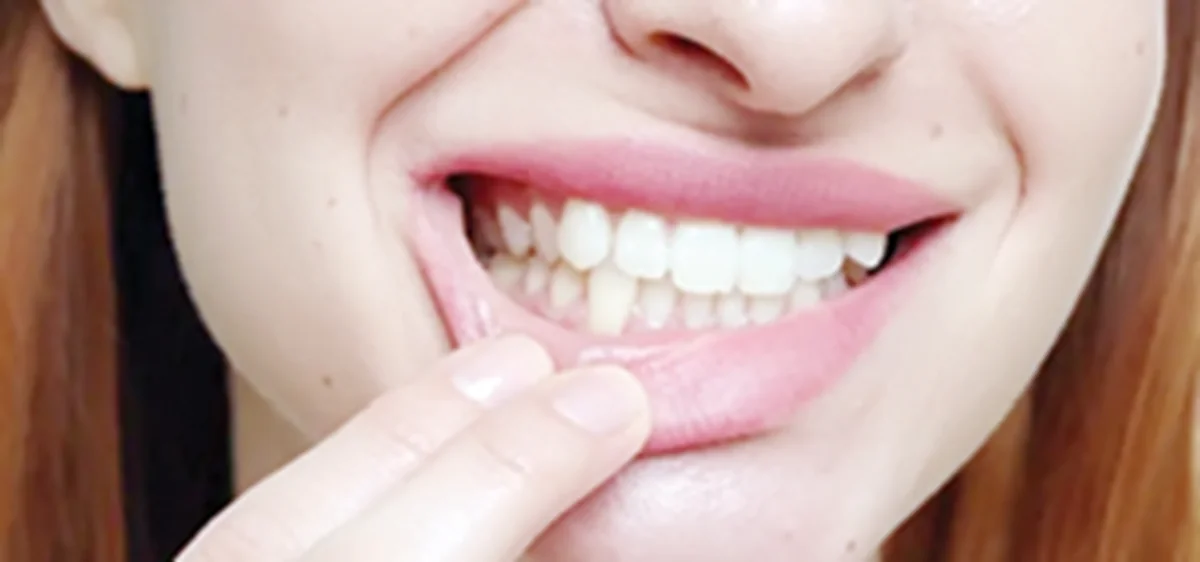Copyright Interesting Engineering

Lateral flow tests changed the world, but they also created a silent plastic crisis almost no one talks about. More than 2 billion of these tests are manufactured every year. Most are thrown away within minutes. And each one produces 12.3 grams of plastic waste. Now, Abingdon Health — a UK-based company— says it may have found a breakthrough that can rewrite the future of diagnostic devices:seaweed-based housings that can replace traditional petroleum plastics without changing the way tests work. The company has partnered with Symbio Technologies Ltd (SymbioTex), the creators of a patented, compostable, bio-based material made from red seaweed. And the prototypes already exist, including mid-stream formats used in common pregnancy-test sticks. Seaweed replaces plastic Traditional recycling doesn’t work for medical devices. Infection-control rules mean they can’t use recycled plastics, and the multi-material blends in common test housings make them impossible to recycle anyway. “So we’ve stopped trying to fix plastic. Instead, we’re working on replacing it,” Abingdon says. This is where red seaweed enters the story. Seaweed grows fast, needs no pesticides, requires no arable land, and thrives in marine environments. SymbioTex’s material uses 100 percent of the feedstock, is fully bio-based, and doesn’t generate harmful by-products when it breaks down. Even better, the pellets can be processed using standard injection-moulding machines — the same ones manufacturers already use for polystyrene test housings. That means companies can switch materials without buying new equipment. Built for real use Abingdon Health has already moulded seaweed-based housings in two major formats: a) Standard lateral-flow shells, and b) Mid-stream formats used in widely sold pregnancy and fertility kits. And they’re not lab curiosities. The company says its early equivalence testing shows comparable stability and shelf-life to traditional plastics. According to Abingdon, “SymbioTex’s material is compostable.” It does not require industrial composting facilities and fully disintegrates instead of entering landfills. Abingdon adds that “the material can be processed at lower temperatures,” which reduces energy use during manufacturing. That’s especially important for device makers looking to cut emissions across their production lines. The company’s facilities can already support annual production volumes in the millions, with scope to scale to over 100 million devices using seaweed-based housings. A problem too big Roughly 50 percent of the world’s plastic production goes into single-use items. Healthcare plastics surged by as much as 300 percent during the COVID-19 pandemic. Yet less than 10 percent of all plastic waste generated to date has ever been recycled. The NHS alone distributes more than 60 million inhalers annually, but recycles only 0.5 percent of them. “The current approach just isn’t sustainable,” Abingdon notes. By switching to seaweed-based housings, diagnostics manufacturers may finally get a material that works as well as plastic, but breaks down naturally within 8–12 weeks. For a product that serves its purpose in minutes and then becomes waste, Abingdon argues that this is the first truly practical end-of-life solution. And if the tech scales globally, millions of pregnancy tests, disease-detection strips, and farm-diagnostic kits could end their decades-long dependence on petroleum plastics. A small piece of seaweed might just change the future of medical testing.



